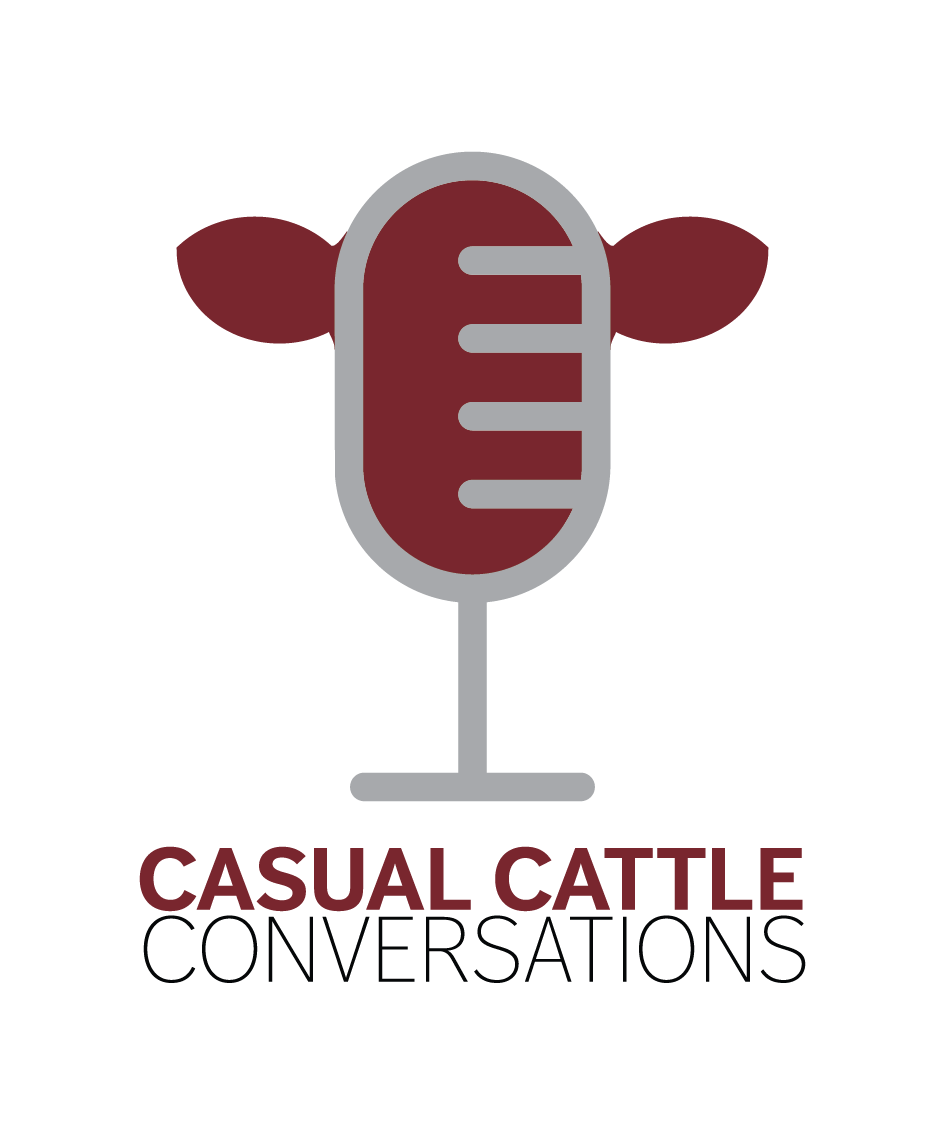Tax Conscious Ways for Ranchers to Spend Profits
Listen to the audio form of this profit focused podcast for ranchers.
Attaining ranch profitability is a hot topic, but what about how to use and invest those profits?
“For most cow-calf producers, two out of 10 years are good years, four to five years are okay and the rest are pretty tough financially,” says Aaron Berger, Beef Systems Extension Educator for the University of Nebraska-Lincoln. “We are in a season now where many cow-calf producers are going to experience profitability.”
Those dollars can be invested in a variety of areas that are beneficial in the long run — but they can also easily be misused in an effort to avoid paying taxes.
“One temptation with profit is to avoid taxes, which results in purchasing equipment or cattle,” Berger says. “I encourage ranchers to take a step back and look at the bigger picture to see if that’s truly the best option.”
Knowing where to best spend ranch profits starts by looking at the books.
“Visit with your accountant early to see where you stand financially,” he says. “That gives you time to think through the best ways to invest profits and still be tax cognizant.”
Berger suggests three areas to consider spending your profits: people, retirement and hard investments.
Investing in People
Investing in people can mean putting resources into yourself, your family or your employees.
“Take a trip, tour other operations, attend a class or even start working on your estate plan,” Berger says. “Investing in people is rewarding and pays off in the long run.”
Hiring someone can also be a smart use of profits.
“Are you in a situation to truly understand what’s happening with each enterprise?” Berger asks. “Maybe this is a year you can afford to start hiring someone to do bookkeeping or other administrative tasks for you.”
A consultant might be another wise choice.
“Who can I hire to give me an unbiased view of the strengths and weaknesses of my operation?” Berger says. “It’s easy for us to look at the neighbor’s place and wonder how they can’t see certain things, but we can also become blind to what’s happening on our own operations.”
Retirement and Investment Accounts
“So many times, ranchers are just trying to be profitable that they don’t know what to do when they are,” Berger says. “Think about ways you can use profits for both retirement and to give you access to more capital.”
Find a financial expert you trust to help you understand which types of accounts will help you reach your long-term goals, including transition planning.
“Often we have all of our capital tied up in hard assets instead of cash,” Berger says. “Having money in an individual 401(k) or similar accounts can make the transition out of production agriculture smoother because you aren’t relying on the next generation to completely buy you out right away.”
Hard Investments
Hard investments in equipment and technology can move ranches forward when done strategically.
“Water development is a great place to invest your dollars,” Berger says. “Water is the first limiting factor in improving grazing development, which has a long-term impact on feed cost and profit.”
Other technologies to consider include water monitoring systems, virtual fencing, livestock scales, buying commodities in bulk, handling and load-out facilities, generators for power outages or even forage seeding.
Hard investments can also include experimenting with new enterprises.
“What other enterprises could complement current ones, and how could you use ranch profits to explore those?” Berger says. “Think creatively and look at other out-of-the-box business models that are working for other producers.”
There are plenty of options for ranchers to consider.
“Make investments now that have longer-term benefits,” Berger says. “Honestly, sometimes the best thing you can do is pay more in taxes so you can keep some cash in hand. However, this needs to be done strategically.”
He wraps it up best: “If there is one thing folks remember, it should be not to wait until December to explore different areas to invest their profits.”
Listen to the full conversation on the Casual Cattle Conversations podcast.

